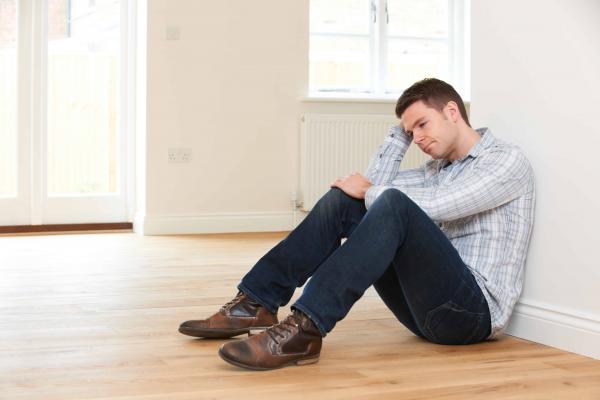
First-time home buyers overseas just got some bad news.
New research has found that these buyers will spend about £53,000 (or $76,731) on their rent before buying a home. Those who are starting their rent in 2016 will spend closer to £64,000 (or $92,662). That accounts for a near 16 percent of total lifetime earnings for people in the United Kingdom. This is only expected to grow with the next generations.
The research, done by the Association of Residential Letting Agents in the United Kingdom, said this is why many lenders aren't giving money to first-time home buyers. They've spent so much money on their rent that they don't have enough of a saving deposit to put down on a mortgage that is large enough to afford homes.
This isn't just a trend overseas. Back stateside, homeowners and renters spend sometimes more than the suggested 30 percent of their income on rent. For example, New Yorkers spend close to 60 percent of their income on rent given the high prices of the city. In more rural areas, that number can be closer to 50 percent.
In fact, 1 in 4 Americans spend half of their pay on rent and utilities, the Associated Press reported in May 2015. That's a jump of 26 percent since 2007, as rental prices have nearly doubled at the rate of hourly wages, AP reported.
"It means making really difficult trade-offs," Angela Boyd, a vice president at Enterprise Community Partners, told the AP. "There are daily financial dilemmas about making their rent or buying groceries."
These dilemmas have pushed close to 2.3 million families towards homelessness, especially if one of the people in the home loses his or her job and is without pay.
And even if families aren't literally homeless, they may be "house poor" - meaning they own a home, but can't afford to pay for food or health care needs, Bloomberg reported.
There have been a number of suggestions on how to fix this problem. Some are calling for increased wages to meet the rising housing costs, while others suggest that government programs should build more affordable homes across the country, Bloomberg reported.
"For many families, getting to and from work is the second-largest monthly expense, one that's directly tied to where they live," Bloomberg reported. "A house in a far-out suburb may look cheap, but add in gas for an hour-long commute and the cost rises considerably. Developers are increasingly building high-end housing near public transit, which in some cases pushes lower-income families to less convenient locations."
But a new study found something that goes against the common wisdom about affordable housing: We should be building more homes for the rich to help those who can't afford their homes.
Wait, so, building houses for the rich can help the poor? According to this California study, yes. Building homes for the rich encourages more private development in those areas, which helps make housing more affordable for low-income earners.
In many impoverished neighborhoods, the poor will be kicked out of their homes or forced to move because the house hasn't been kept up with living standards. But when there's high-income houses built, those houses gain more value and reap the benefits of the new developments.
The study also found that the rich homes built today will turn into middle class homes of the future, which will offer people a continuous supply of homes for years to come.
And, as the chart shows below, rent grows more slowly in these areas, too.
Of course, the study notes that this doesn't necessarily apply to all communities. It applies to areas in California where there's not enough housing, so it may not apply to areas where there's a high amount of homes.
Still, it offers an intriguing idea about how Americans can find more affordable housing options when rent prices are so high.


